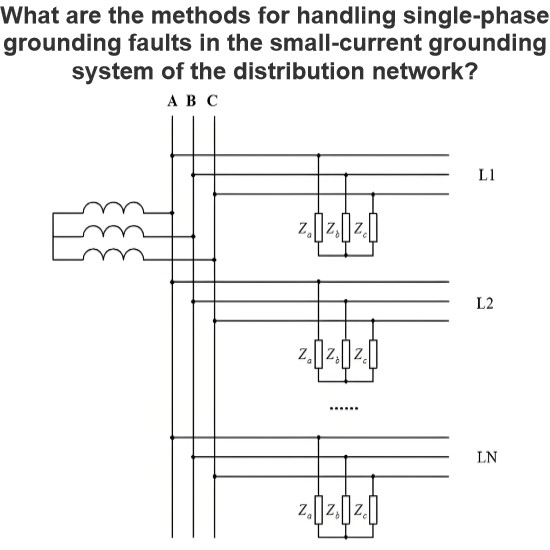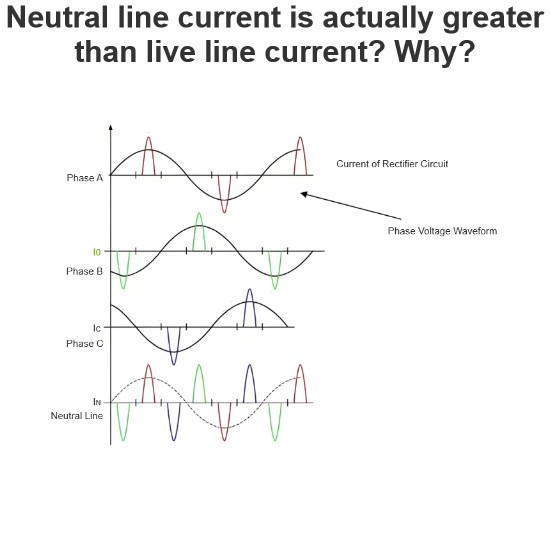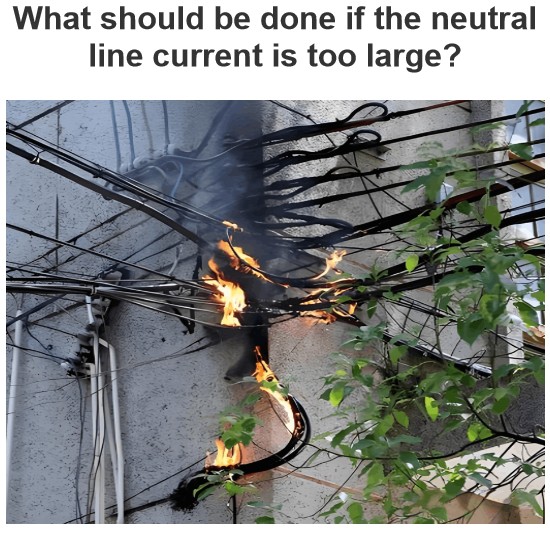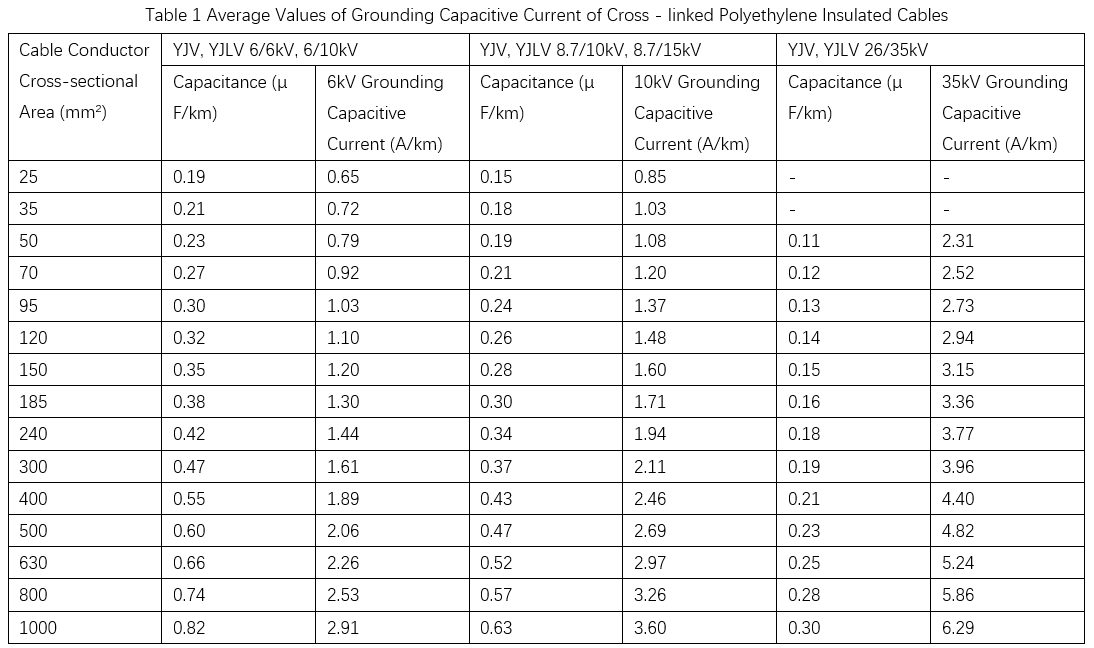Hello! I'm Leon, with 20 years of extensive experience in the power industry. My expertise spans from power distribution equipment to grid operations and maintenance, grounded in robust hands-on and theoretical knowledge. Currently, I focus on sharing insights into electrical equipment fault diagnosis, demystifying complex technical challenges through accessible explanations. I welcome collaboration with industry peers and enthusiasts to collectively explore the intricacies of the power sector.

What are the methods for handling single-phase grounding faults in the small-current grounding system of the distribution network?
Current Status of Single-Phase Grounding Fault DetectionThe low accuracy of single-phase grounding fault diagnosis in non-effectively grounded systems is attributed to several factors: the variable structure of distribution networks (such as looped and open-loop configurations), diverse system grounding modes (including ungrounded, arc-suppression coil grounded, and low-resistance grounded systems), the increasing annual ratio of cable-based or hybrid overhead-cable wiring, and complex fault typ
Leon
08/01/2025

Neutral line current is actually greater than live line current? Why?
In a three-phase four-wire power distribution system, it is a consensus among industry insiders that the neutral line current should be very small when the three-phase loads are balanced. However, more and more phenomena are subverting this concept.For example, the advertising light boxes around a building use fluorescent lighting with electronic ballasts. The loads on the three-phase lines are balanced, with each phase current being approximately 90A, but the neutral line current reaches 160A.I
RW Energy
08/01/2025

Difference Between EMF and Voltage
One of the key differences between electromotive force (EMF) and voltage is that EMF refers to the energy supplied to charges, while voltage represents the energy required to move a unit charge from one point to another. Other distinctions between the two are detailed in the comparison chart below.Comparison ChartDefinition of VoltageVoltage is defined as the energy required to move a unit charge from one point to another. It is measured in volts (V) and denoted by the symbolV. Voltage is induce
Dyson
08/01/2025

What should be done if the neutral line current is too large?
As we all know, if an electrical line exceeds its rated load, it will overheat severely, and may even cause a fire. For safety reasons, overcurrent protection devices are therefore installed on lines. Whenever the current in the line exceeds the rated value, the overcurrent protection device will automatically cut off the line to prevent fire. The "excessive neutral line current" mentioned here refers to the phenomenon where the neutral line current is excessively high (more than 1.5 times the p
RW Energy
08/01/2025











